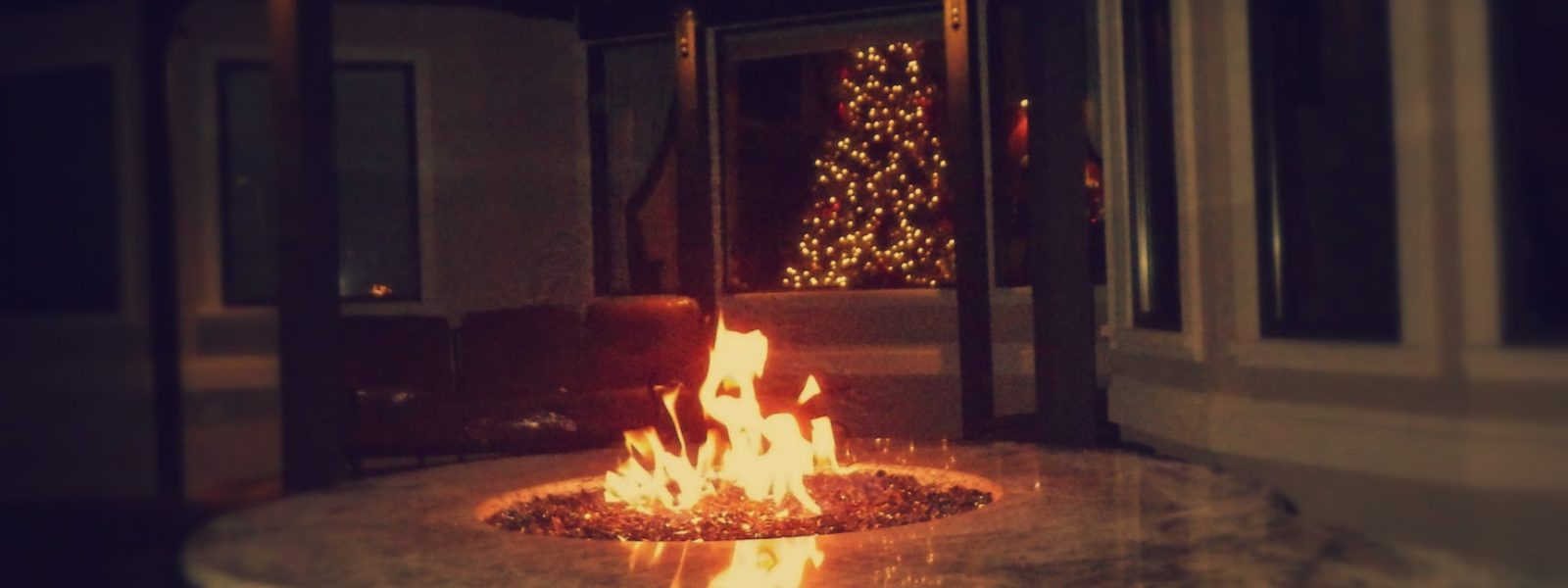Amidst the ever-evolving panorama of modern architecture, a surprising trend is taking root, signalling a shift towards more sustainable, efficient, and aesthetically pleasing construction alternatives. Timber hoarding construction, a method once reserved for the discreet enclosures around construction sites, is now being embraced by architects and builders for its myriad of benefits over traditional materials.
A Sustainable Choice
In an era where sustainability is no longer a preference but a necessity, timber emerges as a beacon of hope. Being a renewable resource, wood significantly reduces the carbon footprint associated with construction activities. When sourced responsibly, timber supports sustainable forestry practices, ensuring that the environmental impact is minimized. This aspect of timber hoarding is particularly appealing, as it aligns with the global push towards more eco-friendly building practices.
Durability and Flexibility
Contrary to the popular belief that wood is less durable than other construction materials, modern construction techniques have proven otherwise. Through the use of treated and engineered wood, these structures offer remarkable durability and can withstand the rigours of construction activities and environmental factors. Furthermore, wood’s inherent flexibility allows for creative designs that can be easily modified or disassembled, promoting a cycle of reuse and recycling.
Aesthetic Appeal
The natural warmth and organic texture of the wood can transform construction sites into visually appealing landscapes, softening the harsh lines of urban environments. Architects are increasingly leveraging this quality, integrating timber hoardings as part of the project’s aesthetic narrative, creating a seamless transition between the construction phase and the building’s final form.
Cost-Effectiveness
The material is widely available and often less expensive than metal or concrete alternatives. The speed of erection and the possibility of reusing elements from one project to another also contribute to cost savings, making timber an economically viable option for both temporary and permanent structures.
The Future of Construction
This trend is a testament to humanity’s ingenuity in finding solutions that harmonize environmental stewardship with economic viability and aesthetic value. By embracing timber, the construction industry is not only adopting a material that has been used for centuries but is also reimagining its potential to meet the demands of the future.
In conclusion, the resurgence of timber in construction, particularly in the form of timber hoarding construction, underscores a broader movement towards sustainability, efficiency, and beauty in residential architecture. As this trend continues to grow, it promises to reshape our urban landscapes in ways that are both innovative and respectful of our planet.





